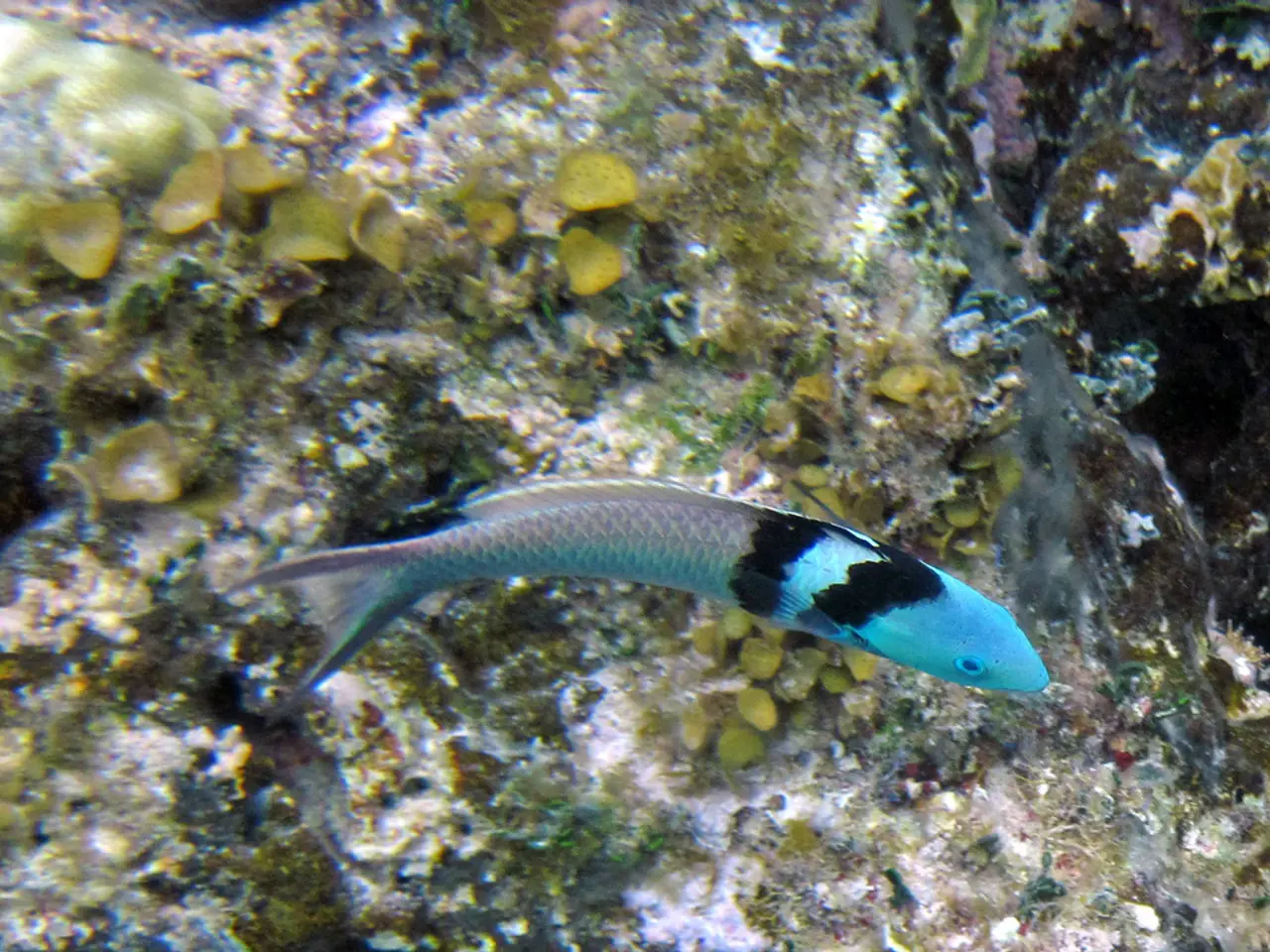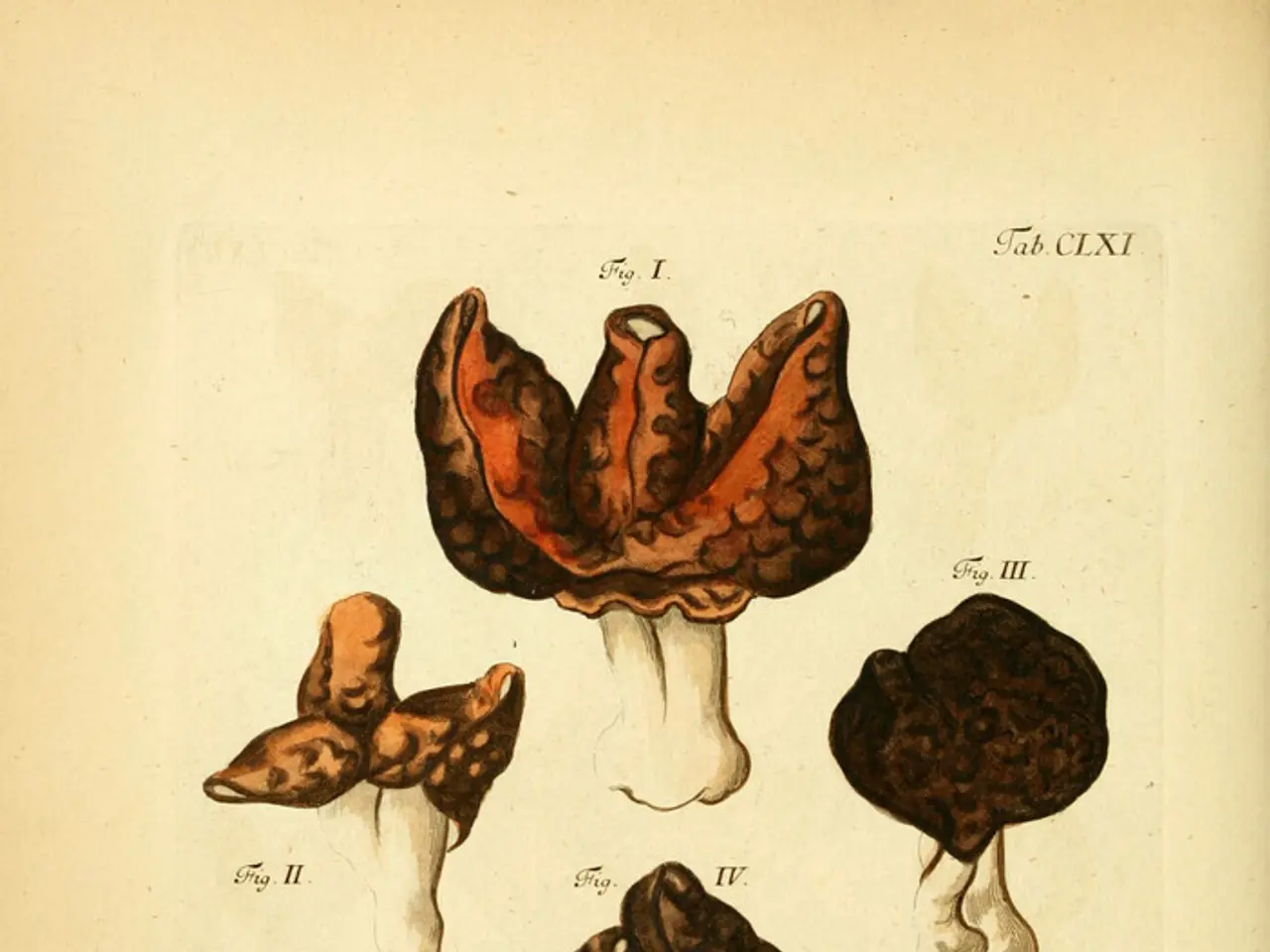Hesse's Lakes Stricken by Harmful Algal Blooms - Lakes in Hesse reported with blue algae bloom causing water contamination for the first time.
In the hot summer months of Hesse, Germany, three popular lakes - Schultheis-Weiher in Offenbach, Badesee Klein-Krotzenburg, and Grube Prinz von Hessen in Darmstadt - have been affected by blue-green algae (cyanobacteria). The Hessian State Office for Nature Conservation, Environment and Geology (HLNUG) has reported these lakes to be currently affected.
Although the HLNUG has not released specific measures to address the issue, general safety precautions for swimming in blue-green algae-affected lakes can be highlighted.
First and foremost, it is essential to avoid contact with visible blue-green algae blooms. Swimmers should stay away from areas where the water appears discolored, has scum, or gives off an unpleasant odor.
Local warnings and signs should also be heeded. Follow advice and warnings from local health authorities or environmental agencies, as they monitor algae levels and issue swimming bans or warnings during bloom events.
Swimmers should avoid swallowing lake water, as blue-green algae can produce toxins harmful if ingested. After swimming, it is advisable to rinse off immediately with clean water to remove any algae toxins from the skin and hair.
Open cuts or sores increase the risk of toxin absorption and infection, so it is best to avoid swimming with open wounds.
Be alert to symptoms such as skin rashes, eye irritation, stomach cramps, nausea, vomiting, or respiratory issues after exposure, and seek medical help if they occur. Pets should also be kept away from affected water, as they can be very sensitive to blue-green algae toxins.
If one cannot see the bottom when knee-deep in the water, it is best not to swim in the affected lakes. Blue-green algae can be identified by green-blue streaks.
The HLNUG has not provided any guidance on whether other bodies of water in Hesse are also affected by blue-green algae. If one needs to assess the safety of swimming in these affected lakes, it is advisable to consult Hessian environmental or health departments for the most current and location-specific advice.
The persistence of summer temperatures without rain may prolong the situation, according to a spokesperson for the HLNUG. However, the HLNUG has not provided an estimated duration for how long these lakes will remain affected by blue-green algae.
Human ingestion of contaminated water from blue-green algae-affected lakes can cause stomach upset. Skin and eye irritation are also possible if bathers come into contact with water containing blue-green algae.
The HLNUG has not released any information on whether the blue-green algae outbreak in these lakes is unusual for this time of year. Nevertheless, it is crucial to follow safety precautions to minimize exposure to harmful cyanobacteria toxins.
For the most current and location-specific advice, consult Hessian environmental or health departments before swimming, as they provide updates on algae conditions and safe swimming zones.
- To ensure health-and-wellness, it is crucial for the community to adhere to updated employment policies on environmental-science and science, focusing on the monitoring and management of blue-green algae outbreaks in water bodies.
- Understanding the role of science in addressing health issues related to blue-green algae, such as nutrition and environmental-science, is vital for formulating effective community and employment policies, ensuring a safe environment for both humans and pets.








